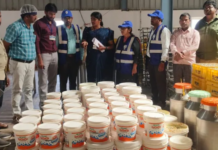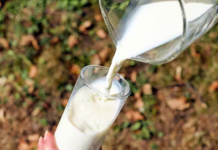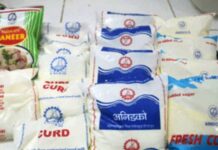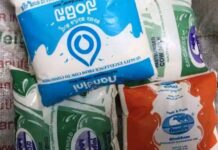New Delhi, October 30, 2023 : Slowing supply growth out of other major exporting regions has begun to shift the outlook within the global dairy market in recent weeks, as the impact of weaker commodity prices has flowed through to production responses.
While this changed dynamic is supportive of dairy commodity prices, the strength of this rebound really will be determined by demand recovery within key import markets.
Global demand for dairy remains constrained by inflation and low consumer confidence.
This is especially the case across the more price sensitive markets in South-East Asia, where Australian dairy exports fell 22 per cent between 2022-23 and 2021-22.
Despite expectations that the region’s post-pandemic economic recovery will continue at a faster pace than much of the developed world, persistent inflation continues to reduce domestic spending.
Persistent inflation is also a concern across Japan. Core inflation remains above the central bank’s long-term target of two per cent, which has been the case for more than 12 months now.
While the current inflation rate of around three per cent has slowed from a peak of 4.2 per cent in January, inflation is currently at the highest level in a decade and this slower-than-expected move back to target levels is being driven by steady rises in food prices.
The Chinese market is experiencing a different dynamic, with recovering demand offset by strong domestic milk production.
China’s domestic milk market remains generally oversupplied, and output from dairy processors in August was higher in year-on-year terms, despite farm gate milk collections waning in recent months.
Milk production in China has declined consecutively over the past three months, as farm gate milk prices have eased and farms continue to face high costs of production.
Decreasing local production, whole milk powder (WMP) stockpiles falling for the first time in nine months, and the stronger presence of Chinese buyers at recent GDT events are positive signs.
However, there is some way to go for these to translate into a sustained impact on dairy commodity prices. The scale of the challenge is illustrated by dairy export volumes to China over the 2022-23 financial year, both globally and from Australia; falling nine per cent and 13 per cent respectively.
Inflation and the general oversupply of product in China are likely to remain significant headwinds for our key markets through to the end of this year.
Beyond that, weakening milk production forecasts of all seven major exporters hold potential for a rebalancing of the market, subject to the economic outlook and geopolitical disruptions of course. according to the reports published in dairynews7x7.com .
Moving forward, this is likely to support commodity prices against further price declines, with many analysts holding the view that the bottom of the current price cycle has passed.


































